NatalieHurrell
Member
I've just messaged on Instagram and been reliably informed that UKAPS updates are on their way. Happy days!
Maybe we should arrange a coach trip 🤣I’ll be moving back to MK sooner than later I hope. But in the meantime if @killi69 is hosting a visit count me in too.
















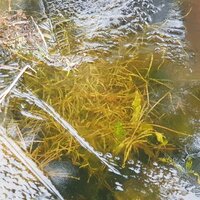
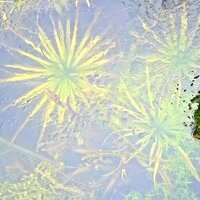
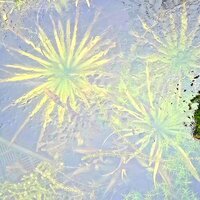
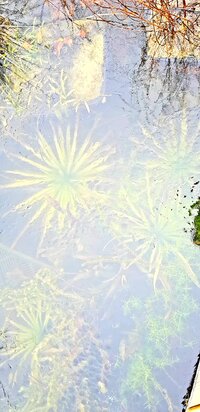
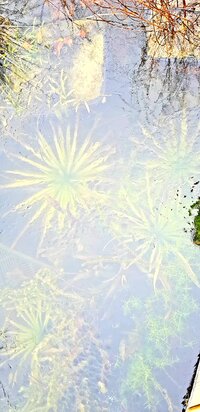
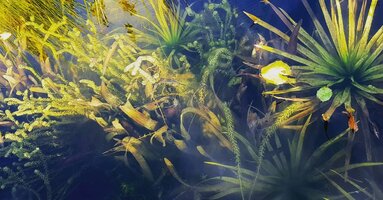
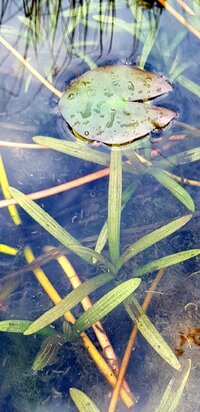
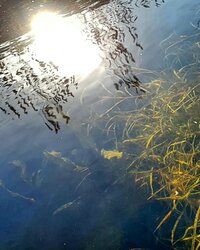
Cheers Courtney!!This is honestly... I'm just so ready. Beautiful photos and thanks for giving us so much useful information too. It's great to get real first hand experiences as opposed to online guides. I'd like to pick your brain on the Elodea as I don't think I've 'planted mine properly'. I'd quite like it to take over!

Thank you Natalie. I had the idea in my mind for a long time before I actually started the garden. I remember people telling me my plans were ambitious when I started (and probably they thought I was a bit mad or had bitten off a bit more than I could chew). There is still so much to do. But despite this project still demanding so much of my energy and time, I find it as exciting and engaging as ever, and super rewarding.I'm glad that such an ambitious project has paid off for you.
Thanks Tim. Maybe Insta's reach is bigger but the depth of information exchange and sharing of learning is of better quality here for sure.Just fantastic. It’s great you’re posting here as well as Instagram. Even though Instagram is great and I love seeing what’s new, it doesn’t quite have the same impact.
Cheers Tim! I don't think ice is problem for fish in ponds, especially if the pond is healthy and there are not a lot of rotting materials present in the water. The fish are showing themselves again and it is always reassuring to see them appear again in spring. About half the surface area of the ponds have a depth of 80cm.Brilliant....how have the fish done over winter, particulary as the ponds had ice over them, what depth are the ponds fish are in ?
Thank you Rosie!!!It's so impressive how the garden looks beautiful all year round
I fertilised most plants when I planted them but this year I wont be adding tabs to all the existing plants. To start with, I have hundreds of baskets, so that would be quite a task anyway. I will focus firstly on those plants which are supposed to be heavy feeders. To keep track of which ones I have / have not fertilised, I am doing this one species at the time. So far I have added tabs to Botomus umbellatus, most of the water lillies and the Potamogetons. Vallisneria, Iris, Aponogeton, Hesperantha, Scirpus and Equisetum will be next. I look at reference books to help me identify which plants might need some feeding and plants which already spread themselves around (a bit too) vigorously will not get any.Do you add any fertilizer for the plants, or they just survive on what gets generated naturally?


















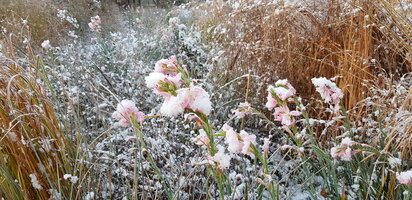
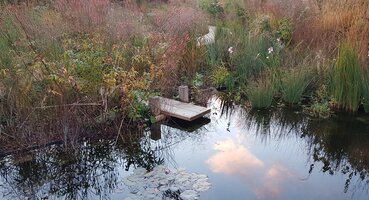
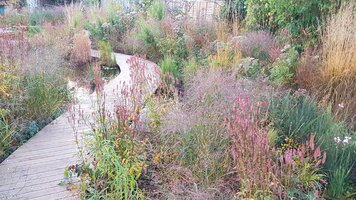
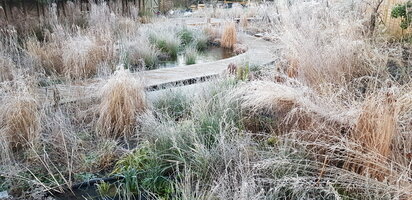
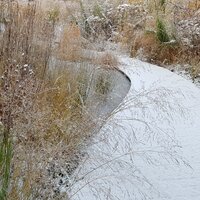
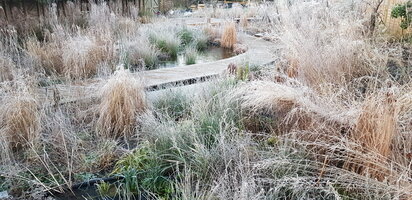
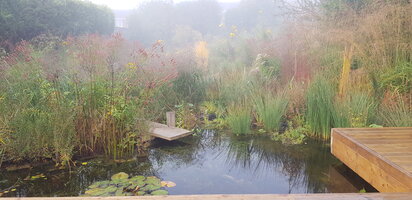
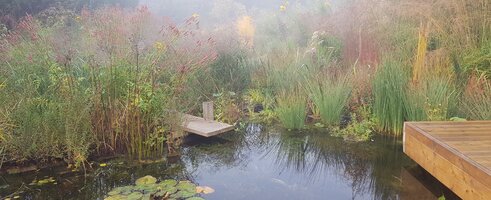
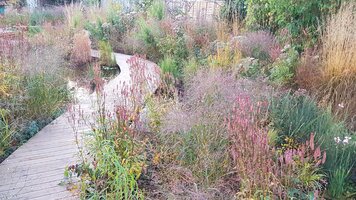
That's good to hear (aside from the blackbirds!).I've grown hesperantha in the margins for years and the only time they have suffered was from the blackbirds pulling them up. I even just had a flush of flowers from our red one which I don't remember flowering at this time of year before.
That sounds realy great! it is so inspiring to look at planting communities in the wild.Do you grow pesicaria bistorta? I was up in the lake district last autumn and it was happily still flowering then and it's pink might compliment your sanguisorba. There was also lots of aster tripolium growing on the edges of the lakes which might extend your flowering period.




Thank you Courtney🙂🙂The colours and textures just blend perfectly and the windy wooden path ties it all together like an ancient tapestry. I particularly like the shot below where you can see deep into the water, it reminds me of some of the imagery from Chris Lukhaup.
That is so nice of you to say, and so funny. Thank you Ginkgo!!!This is my favourite journal of all time, I look forward to it every spring! just leaving a comment so I'll be apart of this legendary thread 😊

I planted my Elodea in baskets with clay topsoil and placed them at the bottom of my ponds (80cm depth). I read the other day in one of my Ada Hofman reference books that in her experience, Elodea does better on a shallow marginal pond shelf and that if it is planted deeper than 20cm, the stems become too long and thin and easily break off, causing the plant to become a nuisance by multiplying too much. I am thinking that this might have happened to me, as I find many of the plants not looking too healthy and it is also exactly those plants which seem to have mbore blanket weed around them.

I have started removing some of the Elodea baskets from my ponds anyway, as a way of thinning them out. I feel I can afford to do this as I still have enough other pond plants left and perhaps this might even encourage some of the others to grow more.
I will cut back the Elodea in some of the baskets and then place them on the shallow shelves and observe the diference. I will also start grouping the Elodea baskets together more tightly, more away from the other baskets, to prevent them from invading other plants.




















